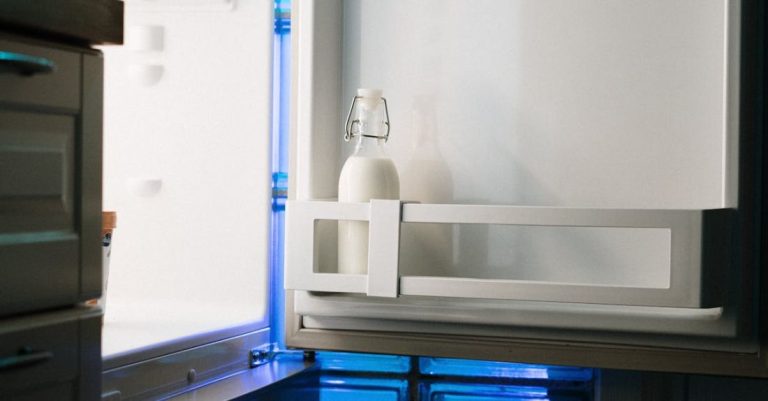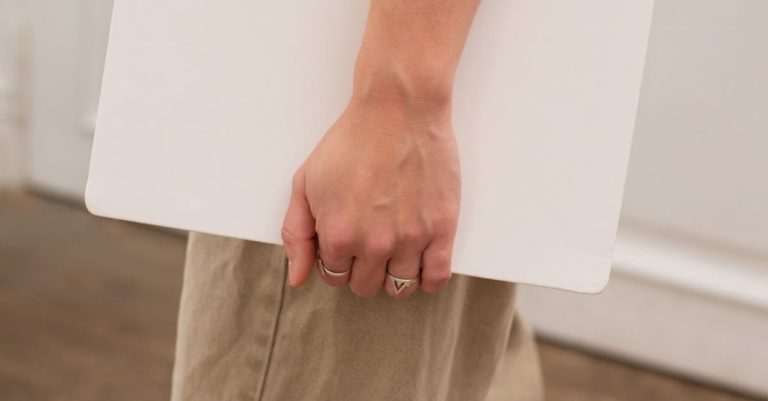
Soil Aeration: Enhancing Growth and Health of Your Plants
For avid gardeners and farmers, ensuring healthy soil is essential for successful plant growth. One crucial aspect of maintaining healthy soil is proper aeration. Soil aeration involves the process of allowing air, water, and nutrients to penetrate deep into the soil, creating an optimal environment for plant roots to thrive. In this article, we will explore the best practices for soil aeration to help you achieve a bountiful and vibrant garden.
Understanding the Importance of Soil Aeration
Before delving into the best practices for soil aeration, it’s essential to understand why it is crucial for the health of your plants. Soil aeration plays a significant role in promoting root growth, nutrient uptake, and overall plant health. When soil becomes compacted or lacks proper aeration, roots struggle to penetrate the soil, leading to stunted growth and decreased nutrient absorption. Additionally, compacted soil can result in poor drainage, waterlogging, and increased susceptibility to diseases.
Best Practices for Soil Aeration
1. Aerating Tools and Techniques
One of the most effective ways to aerate soil is through the use of specialized tools and techniques. Aerating tools such as garden forks, spades, or aerators can help loosen compacted soil and create channels for air, water, and nutrients to move freely. When using aerating tools, ensure that you work the soil when it is moist but not overly wet to prevent further compaction.
2. Core Aeration
Core aeration is a popular method used to alleviate soil compaction and improve air circulation in the soil. This technique involves removing small plugs or cores of soil from the ground, allowing for better oxygenation and root growth. Core aeration is particularly beneficial for heavily compacted soils or lawns with high foot traffic.
3. Mulching
Mulching is not only beneficial for retaining moisture and suppressing weeds but also plays a role in soil aeration. Organic mulches such as compost, straw, or wood chips can help improve soil structure and promote microbial activity, enhancing aeration. As the mulch breaks down over time, it enriches the soil with essential nutrients and improves its overall health.
4. Cover Cropping
Cover cropping is a sustainable practice that not only protects the soil from erosion but also aids in soil aeration. Cover crops such as legumes, clover, or rye grass help break up compacted soil, add organic matter, and enhance soil structure. As cover crops grow, their roots penetrate deep into the soil, loosening it and promoting aeration.
5. Avoid Over-Tilling
While tilling can help loosen compacted soil, over-tilling can disrupt the soil structure and harm beneficial soil organisms. It is important to strike a balance between aerating the soil and preserving its natural integrity. Consider no-till or reduced-till methods to maintain soil health and structure while promoting aeration.
6. Incorporate Organic Matter
Organic matter is a key component in maintaining healthy soil and promoting aeration. Adding compost, manure, or other organic materials to the soil can improve its structure, increase microbial activity, and enhance aeration. Organic matter acts as a sponge, holding moisture and nutrients while allowing for adequate air circulation in the soil.
7. Regular Monitoring and Maintenance
Lastly, regular monitoring and maintenance of soil health are essential for effective soil aeration. Conduct soil tests to assess its pH, nutrient levels, and compaction. Adjust your aeration practices based on the specific needs of your soil and plants. By staying proactive and attentive to your soil’s health, you can ensure optimal aeration and promote vibrant plant growth.
Incorporate these best practices for soil aeration into your gardening routine to create a thriving and healthy environment for your plants. With proper aeration, you can enhance root growth, nutrient uptake, and overall plant vitality, leading to a more productive and beautiful garden. By understanding the importance of soil aeration and implementing these practices, you can cultivate rich, fertile soil that nurtures your plants and promotes sustainability in your gardening endeavors.





